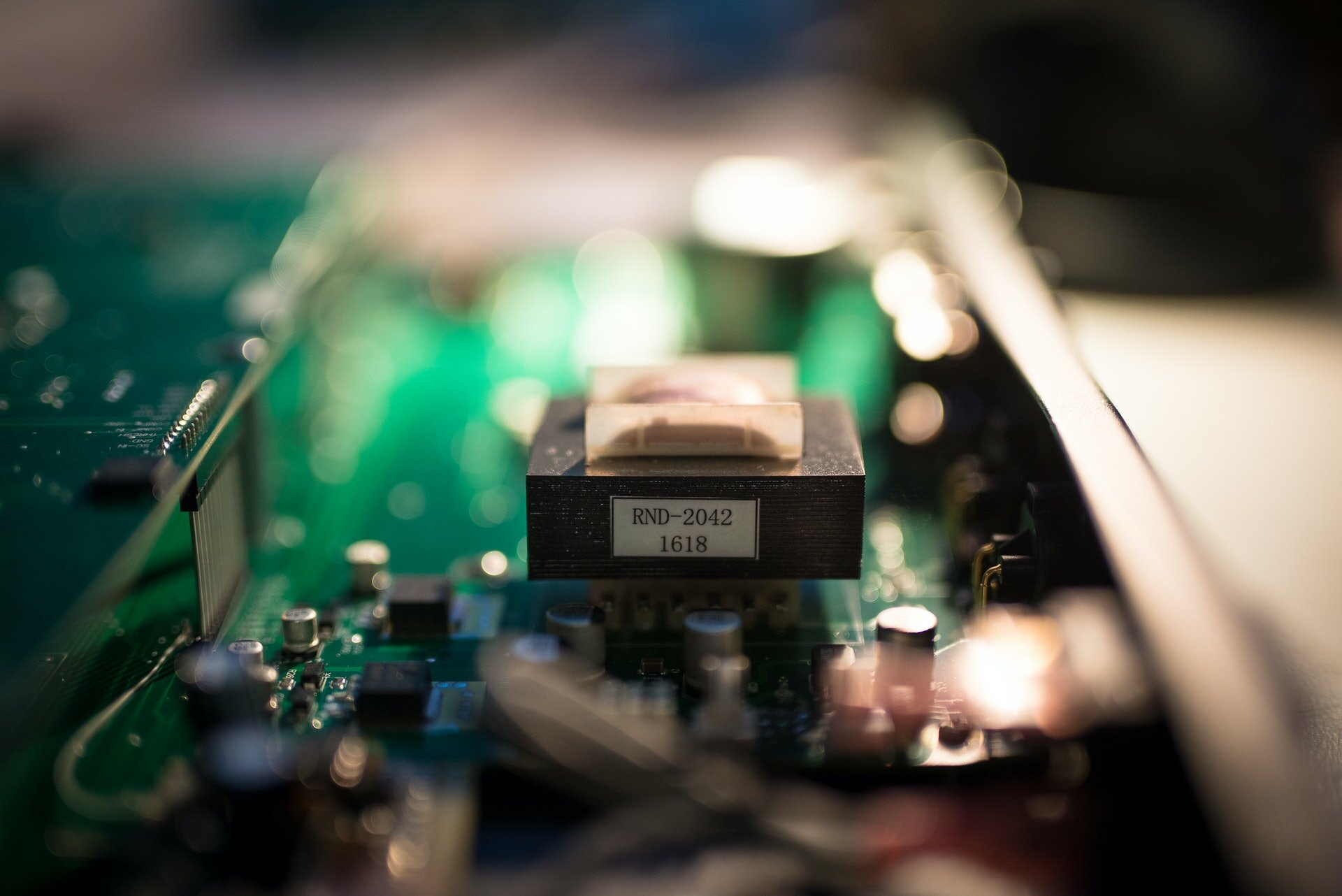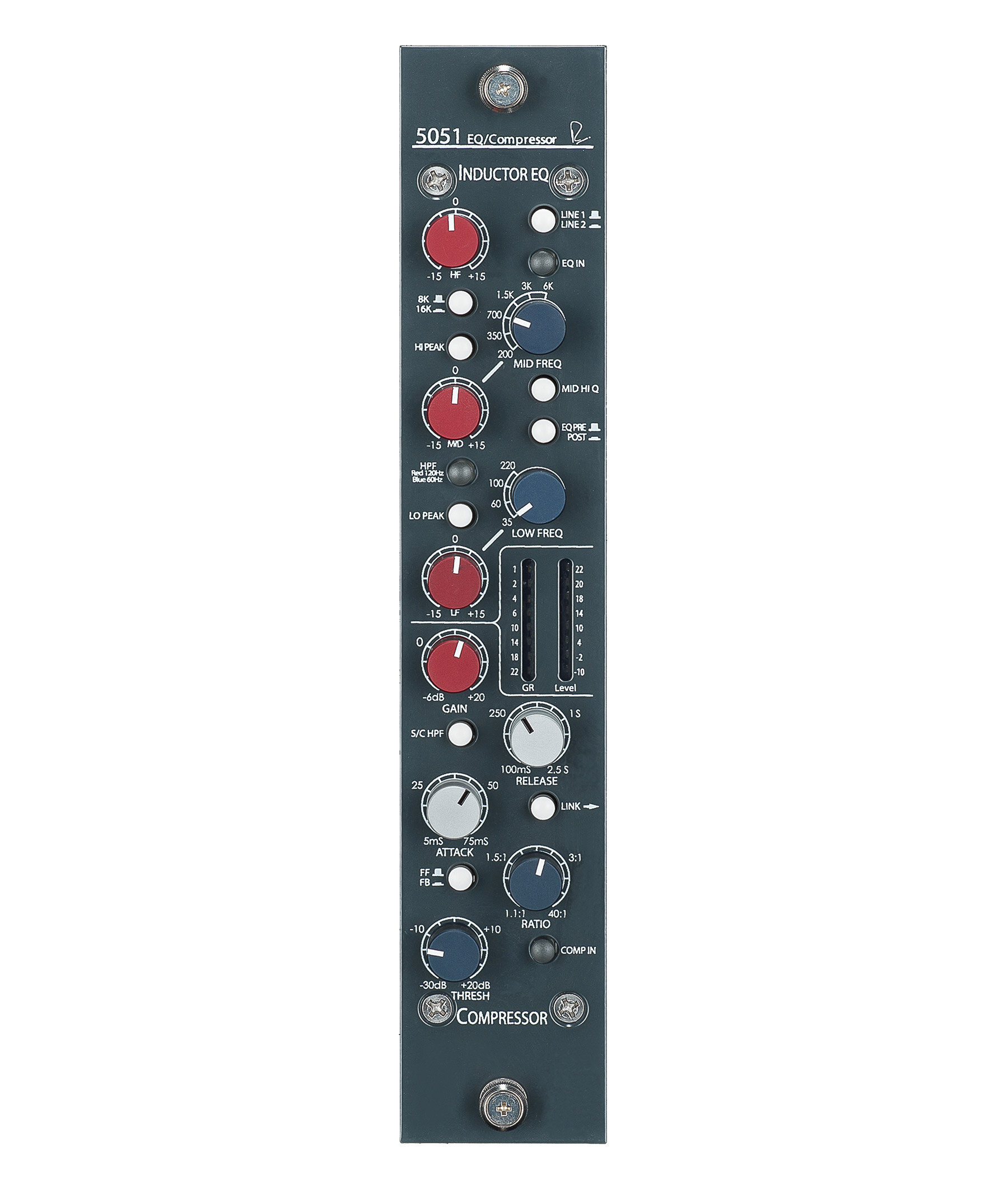
5022
Dual Mic Pre with Silk
Legendary Vintage Tone, No Compromises.
Building upon the great success of the Rupert Neve Designs 5088 Console, a large-format, Class-A discrete tracking & mixing solution for the most discerning audio professionals, the 5022 was designed to maximize the amount of inputs available in one 5088 Penthouse Module by providing two class-A, electronically balanced mic preamps, 2 variable high pass filters, and a variable Silk / Texture control for each input channel.
Designed to the same +/- 24V power spec as the 5051, 5052, and 5053 Penthouse Modules, the 5022 can populate an entire 5088 console or be mixed and matched with other Penthouse Modules to provide a versatile combination of flavors suitable for literally any source.
The Mic Preamps
Starting with the very first Portico Series of Mic Preamps, Rupert Neve Designs has been on a quest to design an incredibly low noise, high gain, wide bandwidth class-A input stage that is electronically balanced to faithfully reproduce the essence of the source. The dual Mic Preamps in the new 5022 Penthouse Module are the pinnacle of this design, a result of over 18 years of painstaking R&D.
The 5022 also includes our variable high pass filter with a range from 20 Hz - 250 Hz, plus polarity reverse and 48V phantom power switches.
Transformer Output with Silk & Texture Controls
The custom RND output transformer in the 5022 features the Silk Red / Blue and Texture controls to precisely tailor the harmonic content and tonality of the output stage. Pushing the Silk button cycles the Silk modes from Red to Blue to OFF. The SILK Texture control adds harmonic content as the texture value is increased. Red Silk accentuates the musical harmonic saturation in the mid and high frequencies, while Blue Silk accentuates harmonics in the low and low-mid frequencies.
By manipulating the Texture control, the amount of Silk can be changed from essentially absent, to roughly 4-5% THD (mostly second order) depending on how hard the output transformer is being driven. This gives 5022 users total control over dialing in a classic, vintage or modern sound.
MIC / LINE
Push-button switch that selects the mic input or the line input.
TRIM
Center-detent potentiometer that controls the input trim within a range of +/- 6 dB.
+48V
Illuminated push-button switch that engages 48V Phantom Power
POLARITY
Illuminated push-button switch that inverts the phase of the input signal
MIC GAIN
12-position rotary switch that controls the mic preamp gain in 6 dB steps
LEVEL METER
8-segment LED meter that displays output level in dBu pre-SILK
HIGH PASS FILTER
Continuously variable potentiometer (engaged with the HPF push-button switch) that controls the cutoff frequency of the high pass filter within a range of 20 Hz to 250 Hz.
SILK
Illuminated push-button switch that toggles through the three available SILK modes: OFF, RED & BLUE
TEXTURE
Continuously variable potentiometer that controls the amount of SILK harmonics when SILK is engaged

SPECIFICATIONS & DOWNLOADS
MIC PRE
Input Impedance
2200 ohms
Frequency response
30dB gain, +4dBu out, 150-ohm source impedance
+/-0.2dB, below 5Hz-50kHz
Noise 22Hz-22kHz
@ unity -101dBu
@ 30 dB gain -94dBu
@ 66dB gain -61dBu
EIN 22Hz-22kHz, unweighted
@ 30dB gain, -124dBu
Maximum input level
+24dBu @ 1kHz
+6dBu, 22Hz-22kHz
THD + Noise, 1kHz @+4dBu out w/30dB Gain:
0.002% typical
LINE INPUT
Input Impedance
10 kohms
Frequency Response
+/- 0.1dB, 16Hz-34kHz
+/-0.5dB, 7Hz-90kHz
Noise 22Hz -22kHz
-102dBu
Maximum input level @ 1kHz
+26.3dBu
THD + Noise, 1kHz @+4dBu
Better than 0.002% typical
EQ
High Frequency:
+/- 15dB, center frequency selectable 8kHz / 16kHz
Selectable peak/shelf modes
Inductor based Mid Frequency:
+/-15dB, center frequency selectable 200Hz, 350Hz, 700Hz, 1.5kHz, 3kHz, 6kHz (+/-10%)
Mid Hi Q selectable option
Low Frequency:
+/- 15dB, center frequency selectable 35Hz, 60Hz, 100Hz, 220Hz
Selectable peak/shelf modes
OUTPUT STAGE SILK MODE
Selectable RED/BLUE Silk modes
Continuously variable Silk Texture control
UNIT DIMENSIONS
1.75” W x 8.75” D x 9.4” H
(4.5 cm W x 22.2 cm D x 23.9 cm H)
UNIT WEIGHT
3.5 lbs. (1.6 kg)
SHIPPING DIMENSIONS
14” W x 14” D x 7” H
(35.6 cm W x 35.6 cm D x 17.8 cm H)
SHIPPING WEIGHT
6 lbs. (2.7 kg)
FREQUENTLY ASKED QUESTIONS
The 5022 mic preamp is nearly identical to that in the Newton Channel and the 5211.
The Shelford Channel and 5053 each use a direct-coupled transformer with gain for the mic preamp, which has some differing impedance and sonic characteristics as compared to the electronically balanced input found in the 5022.
However, much of the harmonic content and sonic color associated with Rupert’s vintage modules actually comes from the output stage transformers, not the input stage – and this tonality is fully controllable via the Silk / Texture circuits on the 5022.










